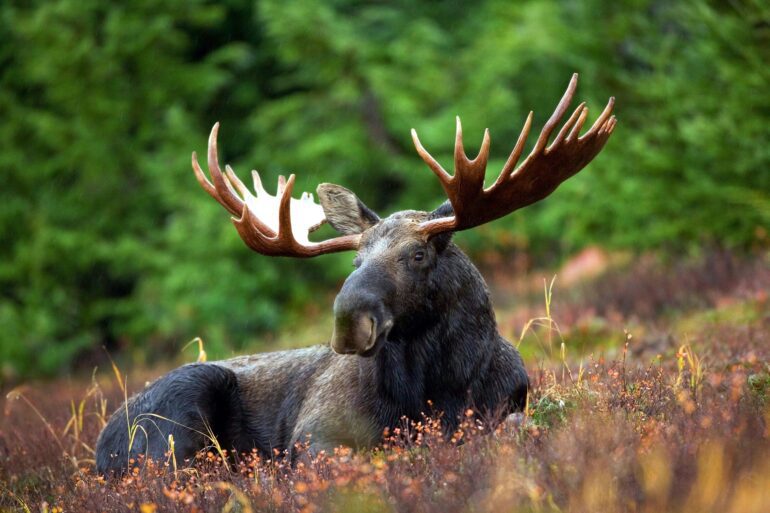TL;DR:
- Yossi Yovel and Oded Rechavi from Tel Aviv University explore AI’s potential in understanding non-human animal communication.
- They highlight “The Doctor Dolittle challenge,” comparing animal language to human language.
- Interpreting animal communication faces challenges in contextual understanding, requiring controlled approaches.
- AI-generated animal sounds lack context, necessitating nuanced interpretations for meaningful insights.
- Deciphering responses from animals is complex due to diverse behaviors and sensory modalities.
- Limited communication contexts restrict comprehensive interspecies dialogue.
- Potential benefits include enhanced agriculture, improved animal well-being, and conservation alerts.
- Advancements in AI may reshape the study of animal communication, revealing untapped opportunities.
Main AI News:
Curious minds have often wondered about the hidden conversations of birds, the cryptic exchanges between bees, and the unspoken thoughts of our feline companions. Inquisitively delving into the realms of interspecies communication, Yossi Yovel and Oded Rechavi, distinguished scholars hailing from Tel Aviv University, Israel, have embarked on a journey to unravel the enigma of AI-driven comprehension of non-human animal discourse.
Venturing into this scientific odyssey, the two scholars have penned an illuminating treatise titled “AI and the Doctor Dolittle challenge,” gracing the pages of the esteemed Current Biology. In this intellectual pursuit, they meticulously explore the intricacies of animal intelligence, modes of communication, and the immense possibilities and constraints entailed in harnessing AI prowess for decoding this realm.
The foundation of their study is rooted in what they aptly term “The Doctor Dolittle challenge,” drawing a parallel to the renowned children’s book series, accompanied by its cinematic adaptations. This challenge encapsulates the quest to decipher the languages of our fellow creatures, resonating with the protagonist’s voyage in comprehending bird speech, guided by bilingual Polynesia, an erudite parrot proficient in avian and human tongues.
Indeed, Polynesia’s proclamation holds a pivotal premise – animals express themselves in distinctive tongues, each unique and laden with significance: “When I utter, ‘Polly wants a cracker,’ you grasp my intent. Yet, consider this: Ka-ka oi-ee, fee-fee?” The Doctor, taken aback, queries, “What does this signify?” “In the avian idiom,” Polynesia replies, “It inquires, ‘Is the porridge heated?‘”
The researchers submit that irrespective of the capacities of creatures, humans, or AI marvels, interpreting and contextualizing animal communication transcends the straightforward translation of sounds, akin to human language. They identify three formidable barriers that must be surmounted to engage in meaningful discourse with the animal kingdom.
Contextual Conundrum The foremost impediment revolves around disentangling the contextual nuances inherent in animal interaction. Human researchers, devoid of AI’s computational might, have hitherto succeeded in extracting responses from diverse creatures by imitating their vocalizations. Noteworthy instances include a robotic frog attracting amorous male counterparts and an aquatic automaton engaging with live fish, influencing their group dynamics.
A robotic bee orchestrates a mesmerizing “waggle dance,” enlisting fellow bees to follow its lead, guiding them to specific foraging sites. Akin to imparting directions via hand gestures, this dance underpins their food source location sharing. These examples underscore the potential of contrived stimuli to elicit responses and impart information within specified contexts. However, while AI can replicate animal-like sounds, discerning their contextual significance poses a greater challenge.
AI might proficiently simulate a particular bird’s song post-training, yet unraveling whether it signals territorial demarcation, courtship endeavors, or other elusive meanings necessitates supplementary cues. This applies equally to non-vocal modes like chemical signaling in insects. Distinguishing between mating cues, danger alerts, and arbitrary emissions mandates observing these minuscule creatures’ behaviors.
AI’s infancy in this domain demands human input for inception, exemplified by avian song field recordings. However, inherent human biases mold signal interpretations; AI requires a structured approach, strictly involving authentic responses, to navigate this intricate milieu.
Evoking Organic Responses Animals’ diverse behaviors, influenced by physiological states, social dynamics, and environments, present a multifaceted puzzle. Varied species rely on distinct sensory modalities – auditory, chemical, or gestural – for communication. Isolating communication-linked responses mandates a repertoire of observation techniques, ruling out conventional conditioning due to its artificiality.
Quantifying these responses is equally intricate, given subtle, non-observable reactions. Human observers might inadvertently overlook nuanced signs. Here, AI runs the risk of interpreting insignificant cues as responses, potentially fabricating correlations.
Constraining Communication Contexts The final hurdle pertains to communication’s confinement within narrow scenarios – alarm, courtship, etc. This limited scope restricts comprehensive inter-species dialogue, potentially rendering an AI interpreter’s revelations akin to birds’ constant emoji-like expressions.
Envisioned Advantages The potential dividends of interspecies communication are remarkable. Efficient dialog with pollinators can bolster agriculture. Deciphering livestock moods can enhance their well-being. Decoding forest murmurs can alert conservationists. Even research methodologies can leap forward if mice share experiential insights.
As AI marches forward, propelling the boundaries of animal communication, Yovel and Rechavi’s sagacious discourse resonates as a testament to human ingenuity and the untapped secrets awaiting our grasp. In the symphony of life, technology’s harmony with nature may yet reveal its most melodious strains.
Conclusion:
Advancements in AI-powered animal communication analysis mark a paradigm shift. The challenges of context, organic responses, and communication contexts pose hurdles. However, the potential benefits in diverse sectors indicate a transformative market landscape. Industries related to agriculture, animal care, and environmental conservation could harness AI for efficiency and insights, revolutionizing their practices and strategies. This unfolding landscape demands innovative solutions and collaborations to harness AI’s true potential in bridging the communication gap with the animal kingdom.

